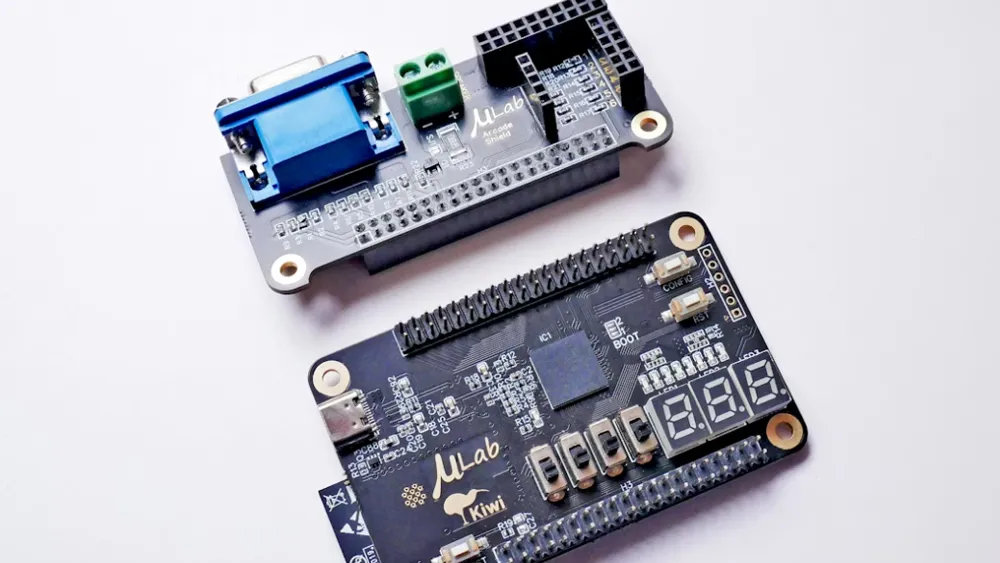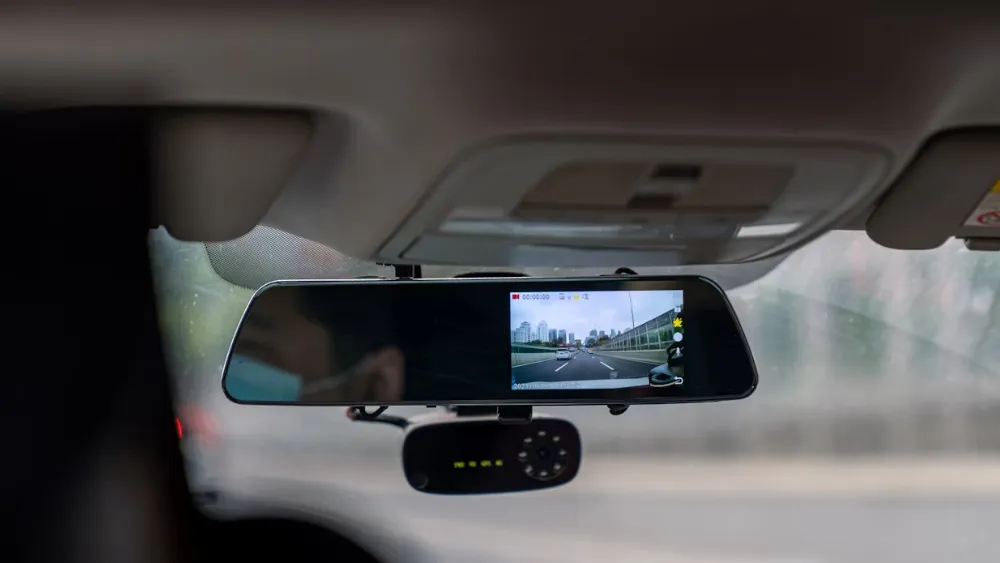
What is CE-EN 62115 Certification?
I. What is EN 62115?
It is widely known that electronic products exported to the EU require certifications such as CE and RoHS. For toy products, CE-EN71 is commonly requiRED. EN 62115is the specific testing standard for electrically operated toysunder the CE certification framework in the European Union.
II. What Does the EN 62115 Standard Test?
1. Hazardous FaULts: Unintended operations of the toy that could result in unsafe conditions.
2. Normal Operation: The state in which the toy is powered and used in a reasonably foreseeable manner.
3. Rated Current: The current specified by the manufacturer for the toy.
Note: If not labeled, the rated current is measured during normal operation at the rated voltage.
4. Rated Input Power: The input power value defined by the manufacturer.
5. Rated Voltage: The voltage defined by the manufacturer.
6. Operating Voltage: The maximum voltage present in parts of the toy when operating at rated voltage under normal conditions.
Note: Includes voltage fluctuations due to switch operations or lamp failures but ignores transient spikes.
7. Interconnection Cord Set: A component including a flexible cable with non-replaceable plug and connector used to power the toy from another device.
8. Clearance: The shortest distance in air between two conductive parts or between a conductive part and an accessible surface.
9. Creepage Distance: The shortest path along the surface of insulation between two conductive parts or between a conductive part and an accessible surface.
10. Battery Charger: A device powered by the mains that solely charges batteries.
Note: If the toy can operate while charging, the charger may be considered a toy transformer or power supply.
11. Toy Power Supply: A transformer-containing power supply for toys not permanently fixed to or integrated with the toy, rated no more than 24V DC or AC.
12. Safety Isolating Transformer: Provides Safety Extra-Low Voltage (SELV) and ensures electrical separation of input and output windings via double or reinforced insulation.
13. Transformer Toy: A toy connected to the mains power through a toy transformer, which acts as its sole power source.
14. Toy Assembly Kit: A set of electrical, electronic, or mechanical components intended to be assembled into various toy configurations.
15. Electrically Operated Toy: A toy with at least one function depending on electricity, regardless of whether it is designed for play by children under 14.
Note: Transformer toys and toys with power supplies fall under this category.
16. Experimental Toy: A set of components intended for children to assemble in various ways to demonstrate physical phenomena or functions.
Note: Not intended to create usable toys or products.
17. Large and Heavy Electrically Operated Toys: Toys with a projected area > 0.26 m², volume > 0.08 m³, or weight ≥ 45 kg (excluding small accessories).
Note: For toys with fixed legs, the base area is measured by connecting the outermost edges of the legs.
18. Accessible Parts: Surfaces or parts that can be touched using test probes 18 or 19 as defined in EN 61032:1998 for the relevant age group.
19. Battery Compartment: A removable enclosure for holding batteries within the toy.
20. Button Cell Battery: Small round battery with a height less than its diameter and without lithium.
21. Coin Cell Battery: Small round battery with a height less than its diameter and containing lithium.
22. Removable Part: A part that can be removed without tools, with tools provided, or as described in the user instructions.
23. Movable Part: A part intended to be moved during play or capable of being moved by a child (e.g., doll arms, RC car doors).
24. Replaceable Battery: A battery that can be replaced without damaging the toy.
Note: If the toy remains usable after battery replacement, it is considered replaceable.
25. Moving Part: A part that can be moved by the toy itself.
26. Tool: An object such as a screwdriver or coin that can be used to operate screws, clamps, or similar fasteners.
27. Non-Self-Resetting Thermal Cut-Out: A thermal circuit breaker that requires manual reset or part replacement to restore current.
28. Protective Electronic Circuit: A circuit that prevents hazards under abnormal conditions.
Note: Some may also serve functional purposes.
29. Self-Resetting Thermal Cut-Out: A thermal cut-out that automatically restores current after cooling.
30. Electronic Circuit: A circuit containing at least one electronic component.
31. Electronic Component: A component that conducts electricity mainly through electron movement in vacuum, gas, or seMIConductors.
Note: Resistors, capacitors, and inductors are not included.
III. Battery Requirements
1. Non-rechargeable batteriesprovided with the toy must comply with relevant IEC 60086 series standards.
2. Rechargeable batteriesmust comply with iec 62133requirements.
Email:hello@jjrlab.com
Write your message here and send it to us
 What Certifications for Exporting Monitors to Euro
What Certifications for Exporting Monitors to Euro
 Bluetooth Headphones Exported to Australia Certifi
Bluetooth Headphones Exported to Australia Certifi
 What Certifications for Router Products Exported t
What Certifications for Router Products Exported t
 TIC (Power Bank UL 2056, Portable Power Station UL
TIC (Power Bank UL 2056, Portable Power Station UL
 How to get EN 18031 Certification for Wireless Pro
How to get EN 18031 Certification for Wireless Pro
 PSE, TELEC and VCCI Compliance for Cameras Exporte
PSE, TELEC and VCCI Compliance for Cameras Exporte
 NOM & IFT Compliance for Audio Equipment Expor
NOM & IFT Compliance for Audio Equipment Expor
 FCC, CE & EMC Compliance for Printers Exported
FCC, CE & EMC Compliance for Printers Exported
Leave us a message
24-hour online customer service at any time to respond, so that you worry!




